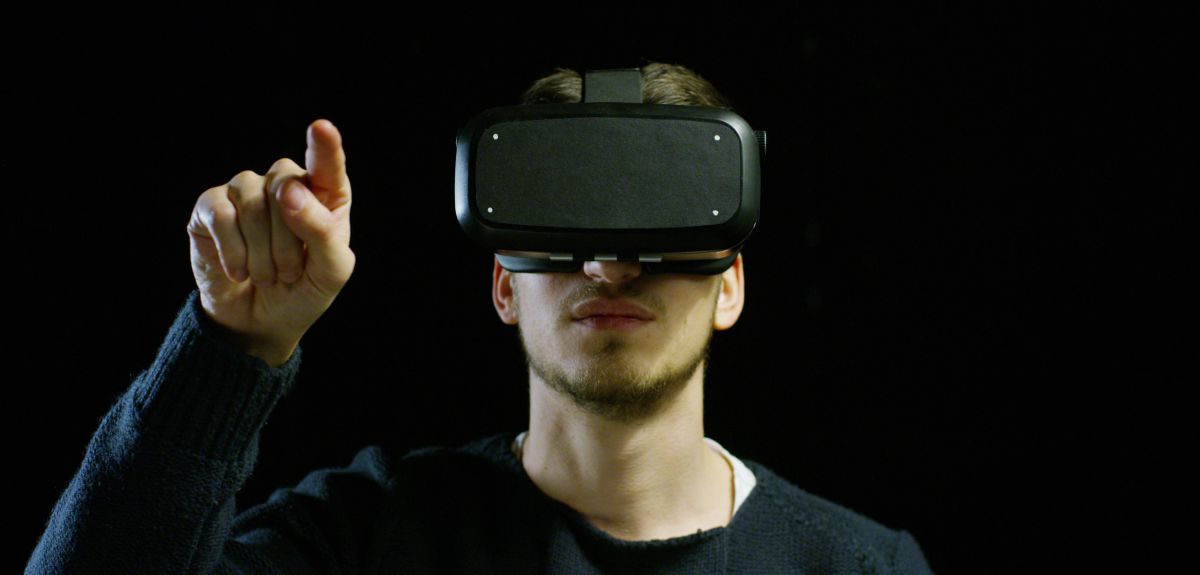Virtual Reality and Augmented Reality Ready to Disrupt
This is an exciting time for those who are eager to embrace emerging construction technology like Virtual Reality and Augmented Reality (VR/AR)

One thing everyone can agree on is the potential for this technology to save real money for construction companies and solve critical challenges. Some contractors today are already seeing the benefits: faster project completion, less rework, improved safety, lower labor cost, issues resolved faster and improved quality. As this technology continues to save time and money, you will begin to see greater acceptance.
A closer look at AR and VR
Let’s take a deeper dive into these two technologies and how they are being used in the construction industry.
What's driving the Market?
The next big thing
We can all agree that estimating has come a long way since manual takeoff with colored pencils and calculators. It has not been that long since the construction industry began to embrace digital takeoff and estimating tools and BIM. This technology has led to great leaps in speed and accuracy — allowing estimators to bid and win work more quickly.
Just like the hype around AR and VR, the market is saturated with noise around BIM and its impact on traditional 2D estimators. Let On Center Software help you grapple with this next-generation technology. Don’t miss our must-read white paper, “Is Takeoff Dead?”












